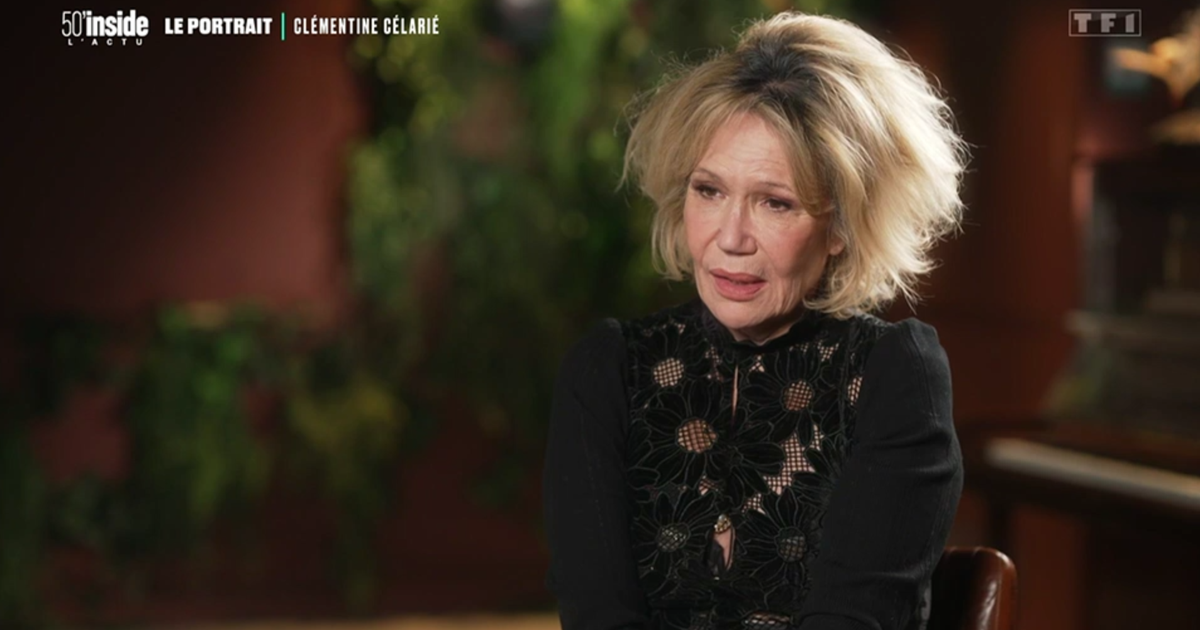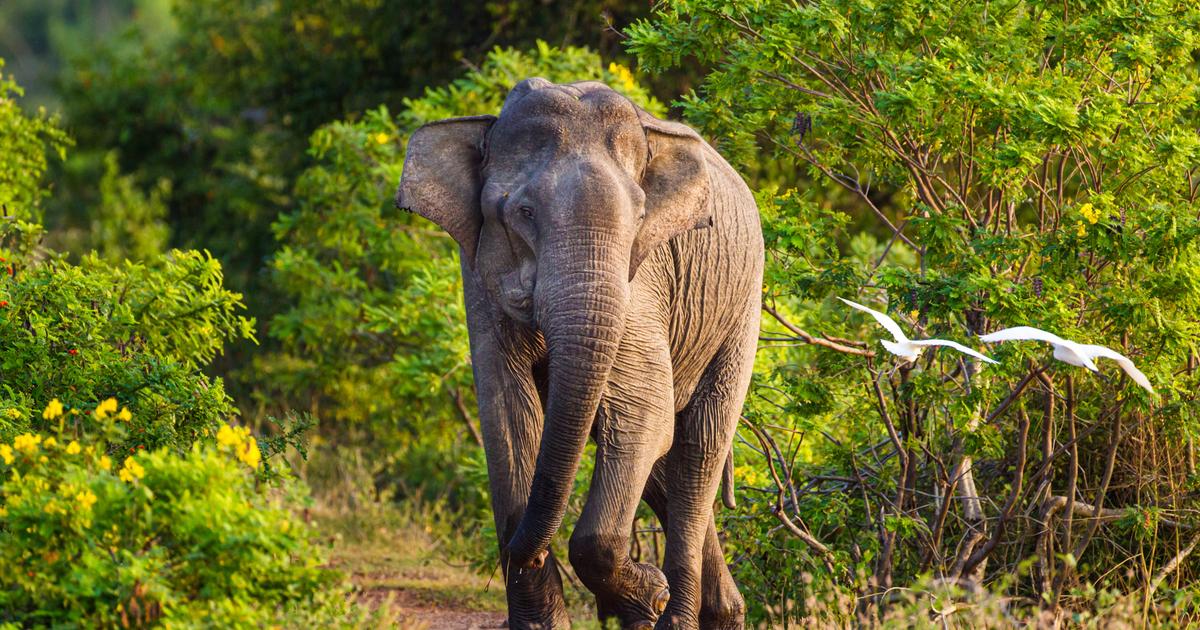Elephants dying of thirst in Zimbabwe, unusual swarms of millions of locusts in Ethiopia and Somalia that devastate crops, wildebeest and zebra that have their migrations between Kenya and Tanzania altered, sea turtles that only have babies of the same sex, humpback whales that They move in large groups in South African waters in search of food they no longer find in Antarctica or crocodiles practicing cannibalism in the few pools available in Benin. Experts warn that the rise in temperatures caused by climate change is already causing changes in the behavior patterns of animals in Africa. Some species will disappear, and those that can adapt will survive.
It is not necessary to go to the great natural parks, the most touristic and well-known, to appreciate the force of nature in South Africa. As evening falls in the Dinokeng reserve, on a platform located in the river, thousands of noises take over the place. The particular sound of hippos that is so difficult to see despite its volume is mixed with the squawking of wild birds that have varied their migratory routes. Some of them are being forced to travel long journeys without the possibility of resting, drinking water and eating due to the extreme temperatures. Changes in eating patterns, not finding a supply where they used to, put their survival at risk.
There, surrounded by dogs, a cat, chickens, wild birds (hornbills and turacos), squirrels, rock antelopes that camp freely and just beyond two elegant cheetahs rescued from poaching that are recovering, Fabiola Quesada, veterinarian specialized in wildlife with more than ten years of experience in South Africa and founder of the NGO Wild Spirit, does not hesitate to point out that the impact of the human footprint is at the origin, which includes deforestation, pollution, indiscriminate hunting and , of course, climate change.
“We are facing the sixth mass extinction, the first since the dinosaurs, because there were others before. According to the UN, in the last 50 years we have lost 60% of the wild fauna, while in the same period the human population has multiplied. But it is the first time that a mass extinction is caused by a species:
Homo sapiens
”, he explains.
The African continent, where the effects of global warming are shown in all their harshness in the form of torrential rains, floods, droughts and rising temperatures, is a privileged setting to observe the intensity with which this great transformation is taking place. Natural species dwindle at a rate similar to that of human presence. "The impact on animals around the planet, in the tropics, the savannah or the poles, is not something local, but global, in the different ecosystems," adds Quesada.
Daniel Serralta, owner of Ankawa Safari, has been on the continent for two decades, long enough to observe these changes in the animals most sought after by tourists. “15 years ago, and it had always been that way, you started seeing wildebeest and zebra in the Masai Mara National Reserve in June enjoying fresh grass, now they don't appear until August or September. In the Kalahari corridor, between Zimbabwe and Botswana, the drought has been brutal and many elephants have died of thirst, we found their corpses, ”says Serralta, who has created the Kifaru Tribe foundation to defend animals from poaching. “What I have observed are extreme changes: during the southern winter there are very high temperatures during the day, up to 30 degrees, and then very cold at night. Before it was not so radical, "he concludes.
An added element is that competition for resources between wildlife and humans is increasing.
Quesada explains: “People also live in natural parks and when that territory is subjected to a lot of pressure due to a drought, animals try to move and in their historical routes they find areas inhabited by human beings.
Thus arises the conflict.
In 2016 there was a high mortality in the Kruger Park in South Africa.
But what we must reflect on is that animals can survive a drought, but now the factors are multiple and it is the combination of all of them that is leading the species to extinction ”.
Between three and six degrees more
A Greenpeace report published last November establishes that the temperature in Africa will increase by at least an average of two degrees during this century, but that if CO₂ emissions continue at the current rate, this increase will be between three and six degrees. "The frequency, intensity and duration of extreme heat episodes will increase, following the trends already observed in southern, eastern and northern Africa," said the aforementioned report. The evidence of this change and its impact on animals is everywhere.
In 2020, the Horn of Africa suffered one of the worst locust invasions in 70 years.
At its origin is an unusual cyclone season in the Indian Ocean motivated by an anomalous rise in water temperature: torrential rains that fell in desert areas of the Arabian peninsula favored the growth of herbs and plants that are behind the explosion lobster demographic.
The swarms, driven by the wind, penetrated Africa and devastated tens of thousands of hectares of crops.
Locust invasion in the Jigiga fields in Ethiopia Anadolu Agency / Anadolu Agency via Getty Images
While in Antarctica the population of king penguins falls drastically or coral reefs die in the Pacific, in Africa changes are already being observed in the reproduction of species, such as sea turtles, whose eggs are breaking more easily and only hatching females or males in a clutch. "Because amphibians are extremely sensitive animals to changes in temperature due to metamorphosis, due to the evolution they have when they are small. Amphibians (frogs) and insects (mosquitoes and ticks) are the species most affected by climate change, ”says Quesada.
It is the rainy season in the Sahel, south of the Sahara desert. Under the blunt vegetation an unprecedented green flourishes as a result of recent rainfall and thousands of cows browse here and there. "It is the strange and happy time of the year when we come home," says Pastor Omar Diallo near Podor, in northern Senegal. “When I was a child, my father would go two or three months in search of pasture. Now I spend most of the year going very far with the cattle to find enough grass, "he adds.
Nathalie Kpera, a Beninese Doctor of Agronomic Sciences and Applied Ecology, has been researching the geographic distribution of snakes and crocodiles in Benin for more than a decade.
However, for about five years he has noticed that the natural order has been altered by the heat.
“The increase of a few degrees in temperature is already causing the disappearance of many ponds during much of the year due to increased evaporation and the crocodiles need them to live.
What we are seeing is that these animals are concentrated in the few places where there is water and this causes two phenomena: cannibalism increases among them and it is easier for poachers to hunt them ”, he assures.
The fragility of the species
The Cape Floral Region, located in South Africa, has 5,682 plants and 53 endemic vertebrates and is a true gem of global biodiversity. However, it is very fragile. All the models proposed by scientists based on an increase of two degrees Celsius in temperature foresee the extinction of at least a hundred species of plants, some speak of up to 2,000, with a brutal impact on fauna, according to the report. of Greenpeace. In the Bale Mountains of Ethiopia the estimated loss of species ranges between 9% and 57% if CO₂ emissions continue at the current rate.
In 2011, supergroups of humpback whales (between 20 and 200 animals together) were detected for the first time in Cape Town (South Africa) swimming in their seasonal migration. The decrease in nutrients in the waters of Antarctica is behind this unusual behavior. “It is considered that individuals take advantage of migration to feed themselves. It is a phenomenon that has continued to be observed and the reason is not clear, because they are solitary animals ", explains Jan-Lukas Menzel Barraqueta, general director of European Ecological Consulting. With the change in water temperature in the reproduction areas of humpback whales, Menzel Barraqueta predicts that "the industry related to whale watching will change because they will move to find the temperature they need."
You can follow CLIMA Y MEDIO AMBIENTE on
and
, or sign up here to receive
our weekly newsletter















